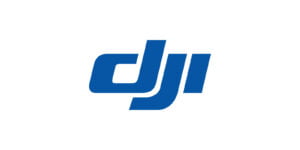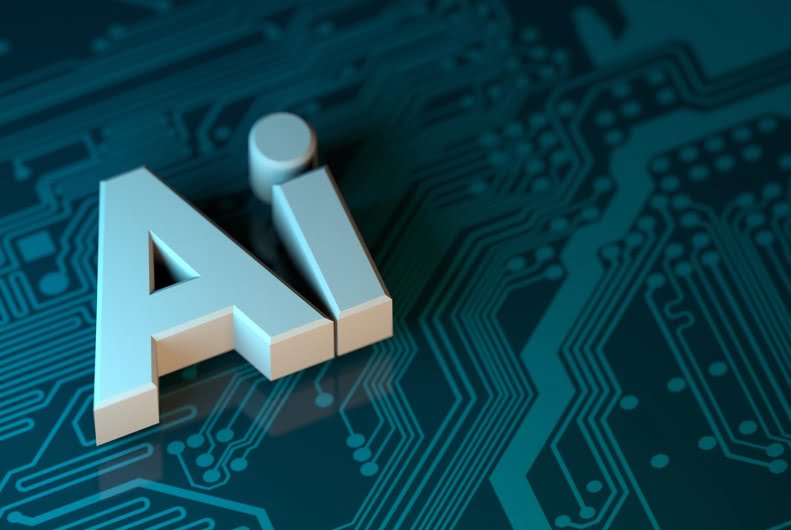In the ever-changing world of hybrid work environments, companies face the challenge of protecting their organizations against increased use of "bring your own device" (BYOD) and other new devices. This change, driven by the rise of telecommuting, marks one of the most significant changes in the overall cybersecurity landscape. Unmanaged remote devices pose a unique risk to your clients, with undetected BYOD devices having a 71% higher risk of being part of a cyber breach on average.
Understand the Risk of Unmanaged Devices
BYOD and telecommuting are not new phenomena, but the trend towards mobility and the Internet of Things (IoT) has introduced a host of unmanageable devices, creating a clear security risk. Devices such as smart lighting, Bluetooth keyboards, smart TVs, surveillance cameras, printers, network switches and routers lack built-in security and present potential vulnerabilities to threat actors looking for network weaknesses.
Definition of Unmanaged Entities
Unmanaged devices are defined as IP-connected devices without an installed agent or configuration solution, which makes them vulnerable and in need of protection from an endpoint agent. A Forrester survey found that 69% of respondents reported that half or more of the devices on their network were either unmanaged or IoT devices outside of their line of sight. Additionally, 26% indicated that they had three times as many unmanaged devices compared to managed devices. It underscores the importance of addressing device security concerns.
Discovering Unmanaged Devices on Your Network
Finding unmanaged devices is a challenging task because IT partners cannot rely solely on Active Directory to view them. A manual comparison of AD data and network management is time-consuming and error-prone. What IT partners need is a solution that can automatically correlate and deduplicate data for rapid problem resolution.

Use of Data Sources for Unmanaged Device Discovery
During the manual scan for unmanaged devices, the following data sources are required:
- Network/infrastructure data: Gain insight into all devices by accessing the network infrastructure.
- Directory services: Use services such as Active Directory or Azure AD for user and device authentication.
- Endpoint Management Solutions: Take advantage of services like SCCM and Jamf Pro.
Using Microsoft Defender and NinjaOne for Security Around Unmanaged Devices
Microsoft Defender for Endpoint offers a built-in feature to detect and secure unmanaged devices and network drive. However, Microsoft's solutions have limitations, and many IT partners require an independent, cross-platform solution. NinjaOne simplifies the process by automatically identifying and deploying assets via Microsoft Active Directory, facilitating the discovery of unmanaged devices and SNMP-enabled devices.
Keeping Unmanaged Devices Off the Network
In an ideal world, it would not be necessary to find and manage unauthorized devices. But new devices are constantly entering networks. To reduce the incidence of unauthorized and unmanaged devices, consider implementing policies such as:
- Requires administrators to place new devices in the desired inventory status before adding them.
- Implement logging to track unauthorized devices, their connections, and user logs for investigation and prevention.
- Conduct employee training with consequences for frequent connection of unauthorized devices.
Challenges and Solutions for Unmanaged Devices
Although unmanaged devices pose an inherent security risk, there are several factors that affect their threat level. IT providers and organizations should be aware of these challenges and take appropriate measures:
- Failure to conduct risk assessments poses a significant challenge. Flexible and technology-agnostic tools for device detection and management can be invaluable.
- Some devices have serious security issues that can be difficult to deal with. Evaluate IoT tools and hardware for potential risks and ensure regular software updates.
- Configuration issues have led to many data breaches. Change or remove the default admin login and manage configuration issues to reduce risk.
- Inadequate network segmentation can allow hackers to exploit unmanaged devices. Segment these devices into their own network segments to improve security.
- Poor asset management is fundamental to cyber security. Identify all devices on the network, including Wi-Fi and Bluetooth connected devices.
By addressing these challenges and implementing comprehensive strategies, organizations can improve their cybersecurity posture and ensure the protection of their networks against threats from















